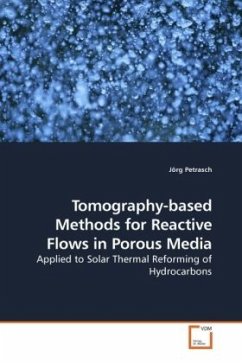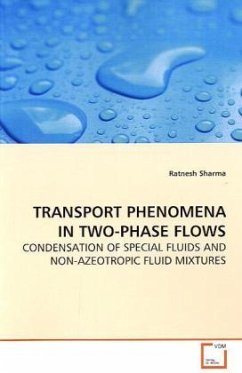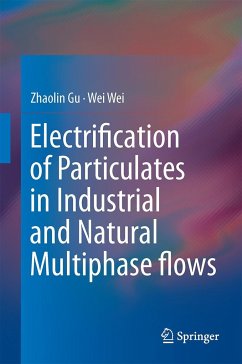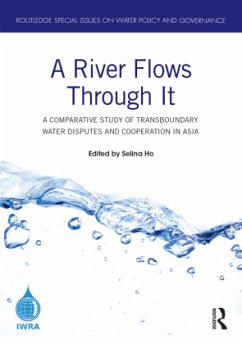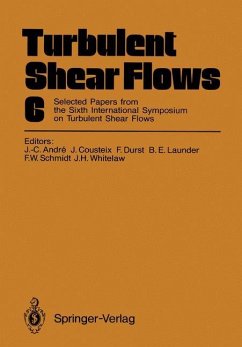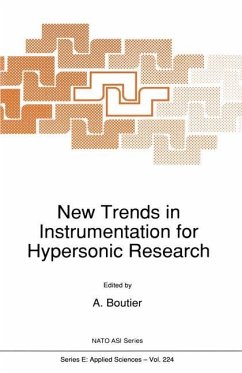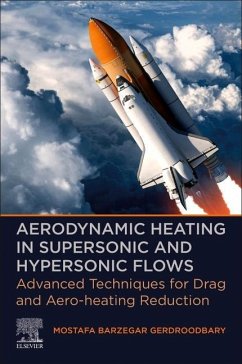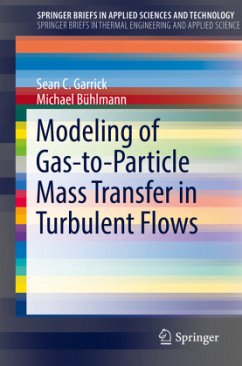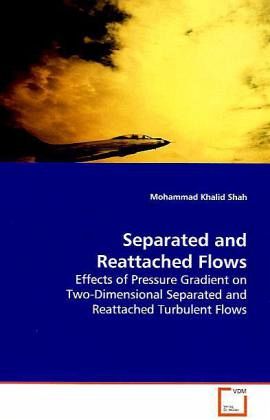
Separated and Reattached Flows
Effects of Pressure Gradient on Two-Dimensional Separated and Reattached Turbulent Flows
Versandkostenfrei!
Versandfertig in 6-10 Tagen
52,99 €
inkl. MwSt.

PAYBACK Punkte
26 °P sammeln!
An experimental program was designed to study thesalient features of separated and reattached flows inpressure gradients generated in asymmetric divergingand converging channels. Reference measurements werealso made in a parallel-wall channel to facilitatethe interpretation of the pressure gradient flows. Atransverse square rib located at the start ofconvergence/divergence was used to create separationinside the channels. In order to simplify theinterpretation of the relatively complex separatedand reattached flows in the asymmetric converging anddiverging channels, measurements were made in t...
An experimental program was designed to study the
salient features of separated and reattached flows in
pressure gradients generated in asymmetric diverging
and converging channels. Reference measurements were
also made in a parallel-wall channel to facilitate
the interpretation of the pressure gradient flows. A
transverse square rib located at the start of
convergence/divergence was used to create separation
inside the channels. In order to simplify the
interpretation of the relatively complex separated
and reattached flows in the asymmetric converging and
diverging channels, measurements were made in the
plain converging and diverging channel without the
rib on the channel wall. All the measurements were
obtained using a high resolution particle image
velocimetry technique. From these measurements, mean
velocity, Reynolds stresses and higher order
turbulent quantities including terms in the transport
equation of the turbulent kinetic energy were
reported. The structure of flow was further
investigated using a proper orthogonal technique.
salient features of separated and reattached flows in
pressure gradients generated in asymmetric diverging
and converging channels. Reference measurements were
also made in a parallel-wall channel to facilitate
the interpretation of the pressure gradient flows. A
transverse square rib located at the start of
convergence/divergence was used to create separation
inside the channels. In order to simplify the
interpretation of the relatively complex separated
and reattached flows in the asymmetric converging and
diverging channels, measurements were made in the
plain converging and diverging channel without the
rib on the channel wall. All the measurements were
obtained using a high resolution particle image
velocimetry technique. From these measurements, mean
velocity, Reynolds stresses and higher order
turbulent quantities including terms in the transport
equation of the turbulent kinetic energy were
reported. The structure of flow was further
investigated using a proper orthogonal technique.



